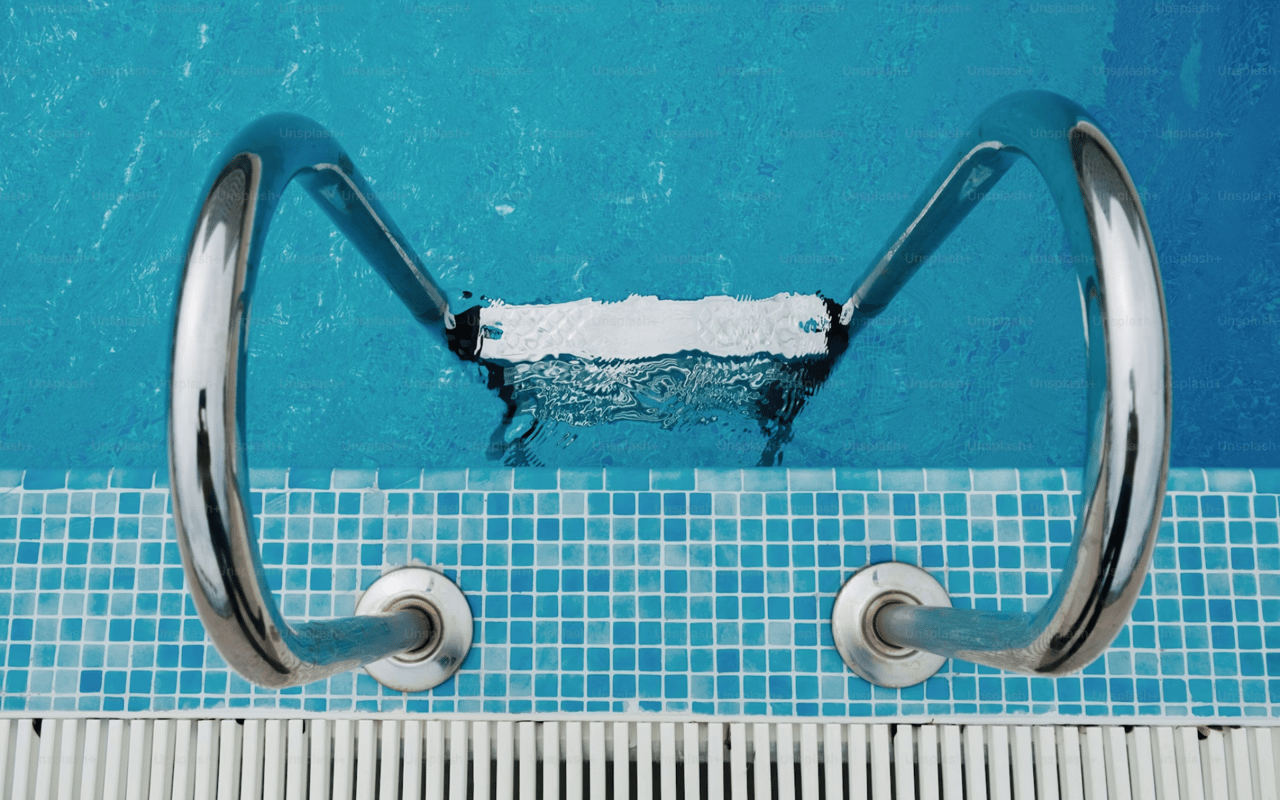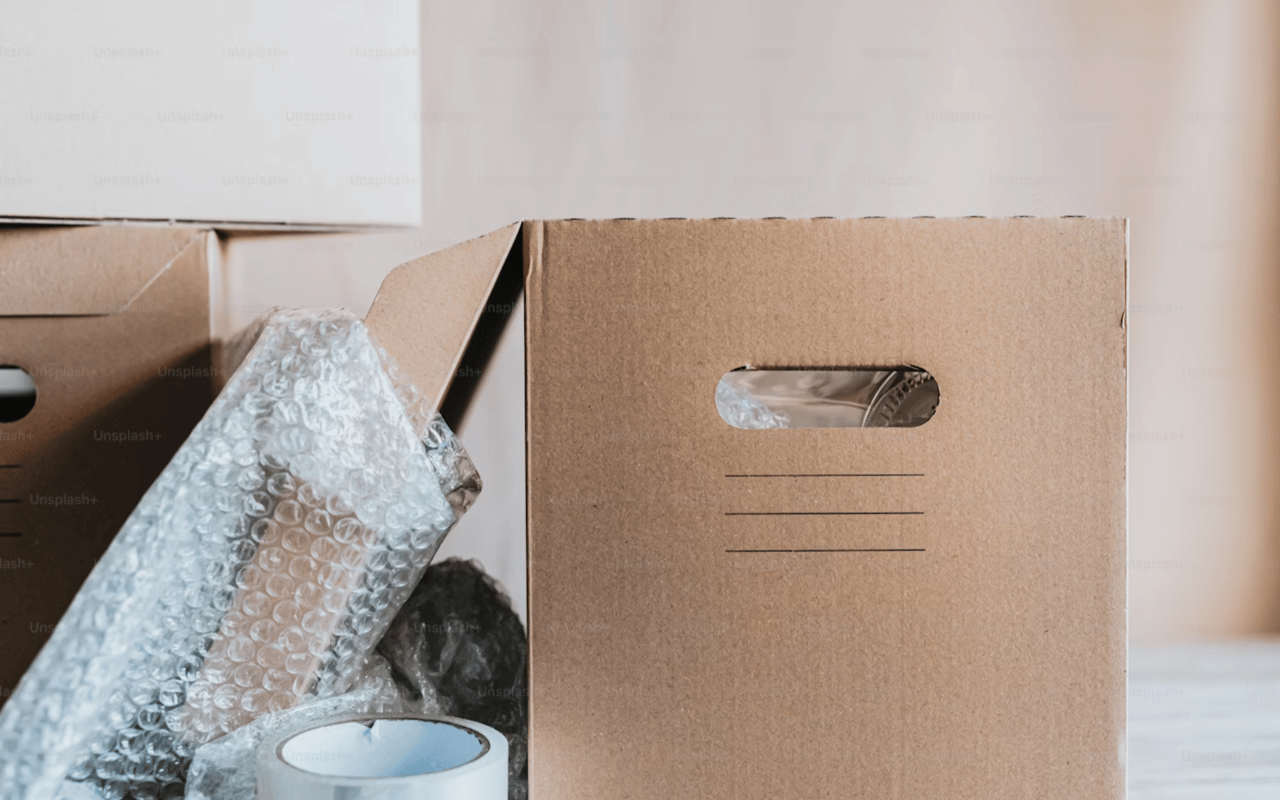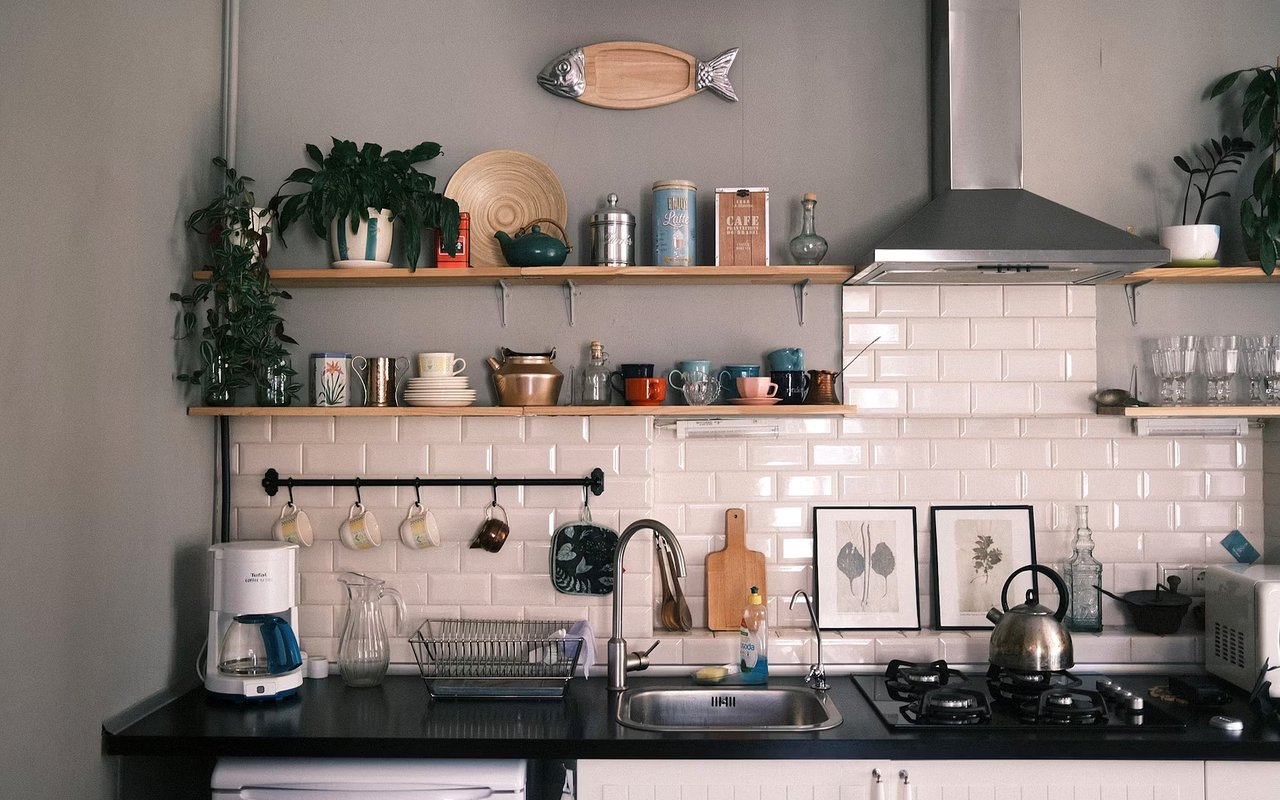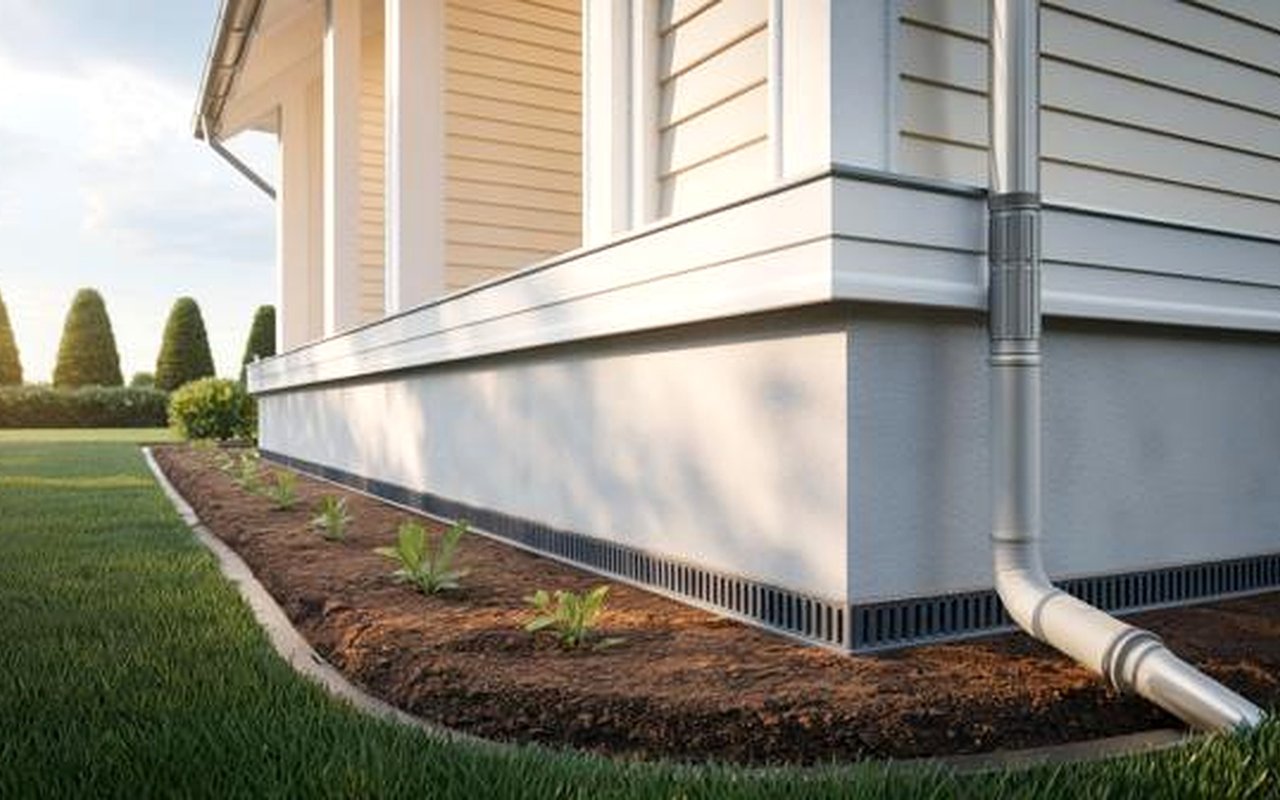A professionally maintained pool adds exceptional value to any home, particularly in lake-adjacent towns like Mooresville, NC, where outdoor living is a year-round priority. Yet, owning a pool is more than just an appealing amenity—it requires structured upkeep to ensure it remains clean, safe, and visually inviting. Understanding how to implement a home pool maintenance schedule is critical for both current homeowners and potential buyers evaluating homes with backyard pools. This guide outlines how to stay ahead of routine tasks and what to look for when assessing a pool’s condition during a home purchase.
Why Pool Maintenance Matters in Mooresville, NC
Mooresville’s climate, with its hot summers and relatively mild winters, makes pools a valuable investment for homeowners. However, that same humid, seasonal environment can create challenges when it comes to keeping water quality balanced and systems running efficiently. Without a dedicated home pool maintenance schedule, owners risk algae buildup, imbalanced pH levels, and damage to expensive equipment like pumps and filters. In a region where pools can be used for the better part of the year, neglecting routine care can quickly lead to costly repairs or safety issues.
For those looking to purchase a home in Mooresville with an existing pool, evaluating how well the pool has been maintained can be just as important as reviewing the roof, foundation, or HVAC system.
Weekly Pool Maintenance: The Core of Ongoing Care
The foundation of any home pool maintenance schedule is weekly upkeep. These tasks are vital for keeping the pool swim-ready and preventing problems from developing into expensive repairs. On a weekly basis, homeowners or pool professionals should check chlorine and pH levels, inspect the skimmer and pump baskets for debris, and give the pool a surface-level skim and brush to prevent dirt and algae buildup.
Circulation and filtration are key to a healthy pool. Ensuring the pump is running the recommended hours per day—usually 8 to 12 hours depending on the pool’s size and use—is a routine task that should not be skipped. It's also important to examine filter pressure regularly; a sudden spike could indicate a clogged or failing system.
When showing homes with pools in Mooresville, experienced real estate agents will often ask sellers for documentation that weekly maintenance has been consistent. A clear and well-recorded maintenance log signals that the pool has been cared for properly.
Monthly and Seasonal Tasks to Include in a Pool Schedule
Beyond weekly tasks, a robust home pool maintenance schedule incorporates monthly and seasonal work. These less frequent but equally important tasks help maintain water quality and ensure the longevity of pool systems. Each month, pool owners should test for calcium hardness, total alkalinity, and cyanuric acid levels. Adjustments to these readings help prevent scaling on surfaces and keep the chlorine working effectively.
Seasonally, tasks become more intensive. In the spring, most pools in Mooresville are reopened, often after being covered or partially drained for the winter. Spring maintenance should include a full inspection of pool equipment, cleaning or replacing filters, vacuuming sediment from the bottom of the pool, and gradually rebalancing water chemistry. Late fall requires winterization procedures if the pool will not be heated through the cooler months. That includes lowering the water level, clearing all plumbing lines of water to prevent freezing, and securely covering the pool.
When buyers are considering homes in Mooresville with pools, it’s helpful to review whether seasonal steps were completed professionally and if equipment like pool heaters and auto-covers were maintained properly.
A Month-By-Month Home Pool Maintenance Schedule
A clear, month-by-month approach makes it easier for homeowners in Mooresville to stay ahead of pool care demands. This schedule outlines general expectations, which can be adjusted slightly depending on weather patterns and pool usage.
January
Even in Mooresville’s milder winters, January is typically a low-activity month for pool use. Ensure the winter cover is secure and free from snow or debris buildup. If the pool remains open and heated, run the pump a few hours a day to prevent freezing and test water chemistry bi-weekly to avoid winter algae growth.
February
Inspect plumbing and equipment for any freeze damage following winter storms. Continue to check and clean the pool cover. For pools that are still operational, confirm that filtration and sanitation systems are functioning and test chlorine and pH levels twice a month.
March
Begin preparing for spring opening. Remove or clean the cover. Test all major equipment, including heaters, pumps, and filters. Shock the pool and begin circulating water more frequently. Rebalance chemicals, especially chlorine and alkalinity.
April
Fully open the pool by early April if temperatures remain consistently above 70°F. Brush the walls, vacuum the floor, and replace any worn-out skimmer baskets or filters. Begin weekly chemical checks and regular debris removal.
May
Increase chlorine levels as water temperatures rise. Schedule a professional equipment inspection if not done during opening. Backwash filters and monitor water clarity. Pools should be ready for daily use by late May.
June
Focus on algae prevention during the hottest weeks. Test water two to three times per week. Clean tiles and inspect pool edges for any signs of cracks or erosion. Ensure the pool’s safety features (fencing, gates, alarms) are working properly.
July
This peak swimming month demands near-daily skimming and vacuuming. Monitor chlorine levels closely and watch for cloudiness or strong chlorine odors, which may indicate imbalances. Check salt cell function if using a saltwater system.
August
Maintain mid-summer water balance and circulation. Inspect the pool’s plumbing and automatic cleaner for blockages. Reduce chlorine levels slightly toward the end of the month as temperatures begin to cool in late August.
September
Begin planning for the pool’s closure. Reduce pool usage and gradually adjust chemical levels downward. Clean out equipment thoroughly and remove excess debris. Inspect for any leaks or system wear after a busy summer.
October
Depending on usage and weather, October is often a pool-closing month. Lower the water level below the skimmer. Drain and blow out plumbing lines, remove ladders or handrails, and install the winter cover.
November
Perform final checks on the closed pool. Ensure the cover remains tightly sealed. Clean out skimmer baskets and double-check that all power to the pump and heater is turned off. Record maintenance steps for future listing documentation if selling.
December
Monitor the area around the pool for water accumulation or ice damage. For homeowners keeping their pool open year-round, continue light use and bi-weekly chemical testing. Use a pool-safe antifreeze in lines if temperatures dip significantly.
This month-by-month home pool maintenance schedule ensures that each stage of the year is addressed proactively, minimizing surprises and extending the life of both the pool and its systems.
The Importance of Working With a Professional Pool Service
While some homeowners prefer to manage pool care themselves, working with a certified professional pool service offers significant advantages, especially for luxury properties. In Mooresville, where many homes feature high-end pools with automation, heating systems, and saltwater configurations, professional servicing ensures long-term performance and safety.
Professionals bring technical knowledge that goes beyond basic cleaning. They understand how to calibrate water chemistry for different surfaces, identify early signs of mechanical failure, and perform preventative maintenance that extends the life of equipment. For example, tasks like calibrating salt systems, cleaning DE filters, or diagnosing low pressure in a multi-speed pump often require expertise that goes well beyond the scope of casual maintenance.
Work With Katie Doig
Whether you're buying or selling a home with a pool, understanding the importance of a consistent home pool maintenance schedule is essential. From assessing existing systems to preparing a property for market, local expertise makes a difference.
Contact Katie Doig today to begin your journey with a real estate professional who understands how to highlight the full value of your property.











